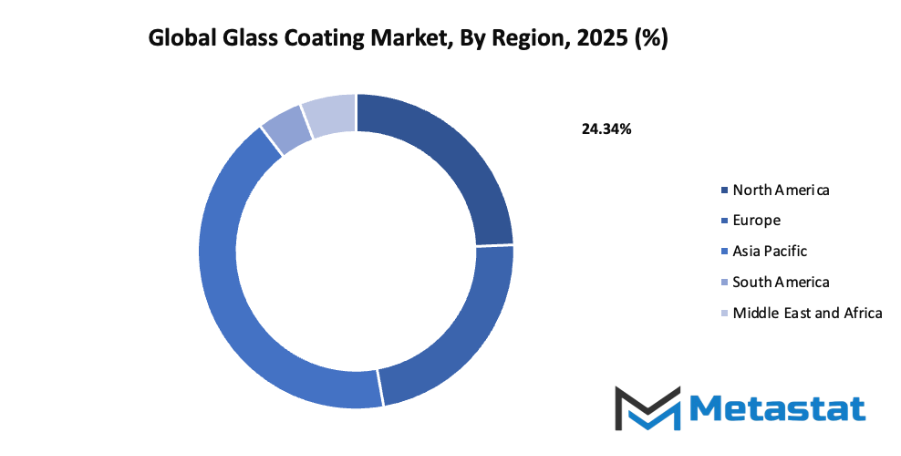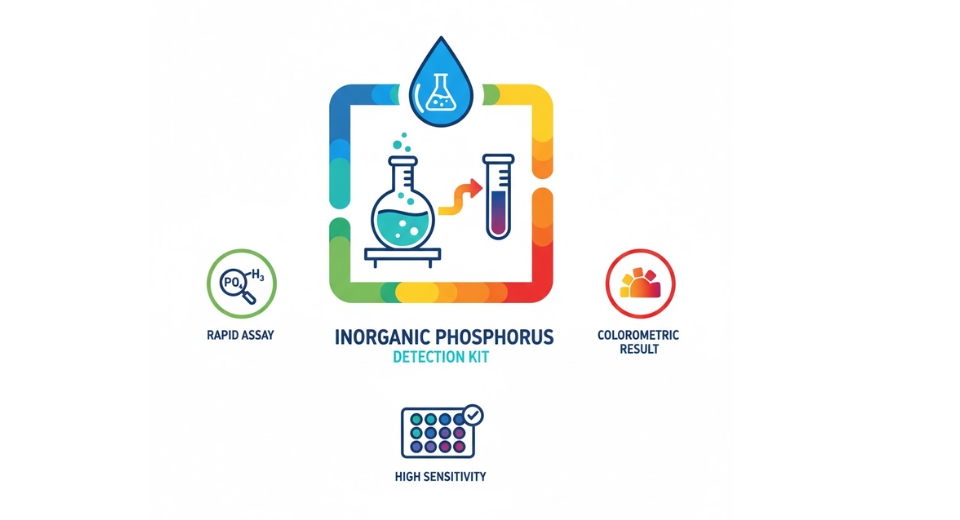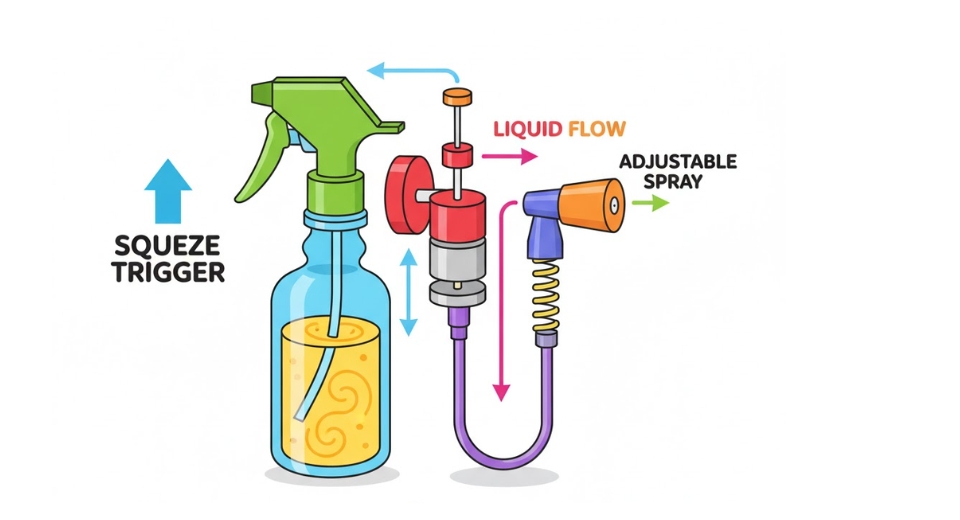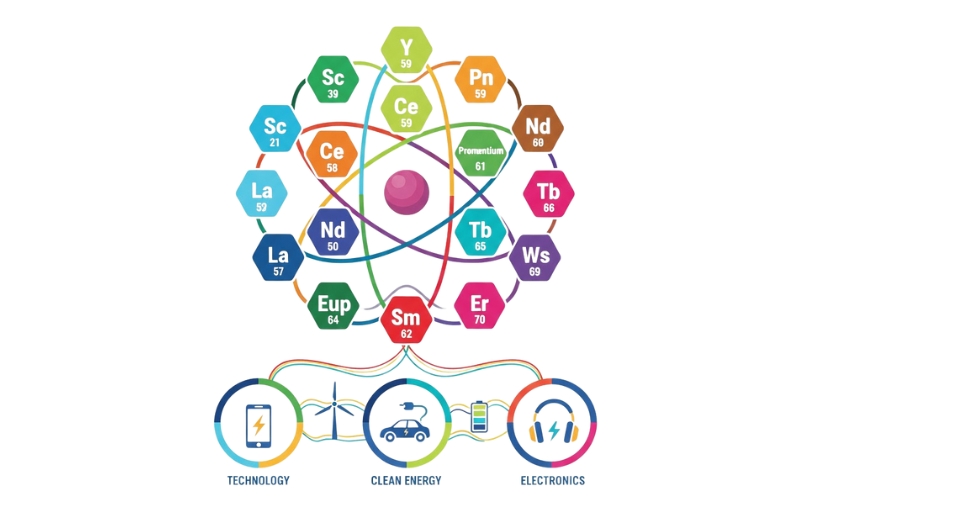Global Glass Coating Market - Comprehensive Data-Driven Market Analysis & Strategic Outlook
The global glass coating market date back to humble beginnings in the mid-20th century, when researchers initially began seeking methods of protecting glass from weathering and scratches. Initial coatings were no more than simple chemical films on windows and windshields that had no other function than providing them with longer-lasting durability. The initial efforts, though beneficial, offered little else and at times were inconsistent in quality. The watershed moment came during the 1970s when car manufacturers began seeking alternatives that would provide safety, visibility, and performance. This need introduced more advanced coating methods, which eventually revolutionized the market into a new era for the identity of the market.
- global glass coating market value of around USD 2013.8 million in 2025 and growing at a CAGR of around 19.1% between 2032, with the potential to hit USD 6847.8 million.
- Pyrolytic Coating hold around 30.5% market share, propelling innovation and creating new applications through thorough research.
- Key drivers for growth: Growing need for energy-efficient buildings and smart windows., Growing automotive industry requiring superior functional and protective coatings.
- Opportunities are: Emergence of eco-friendly and multi-functional coatings for green buildings and solar energy.
- Key insight: The sector will grow exponentially in value over the next ten years, with transformative growth opportunities.

Nanotechnology in particular introduced a new dimension altogether during the late 1990s and early 2000s. During the night, the coating went from being just a barrier to becoming a way of enhancing optical clarity, heat resistance, as well as energy efficiency. Companies who had before considered coatings an additional feature started contemplating coatings as a requirement. From massive glass-front skyscrapers to consumer products possessing reflective display screens, for coated glass, demand increased at a very rapid rate. Consumer trends also shifted along the way. What had first come to the forefront as being durable has now become aesthetics, functionality, and being green.
Consumers started asking for glass surfaces that resisted finger marks, were less glare-prone, and offered more energy savings. These shifting tastes led manufacturers to design smart materials and listen to what the world wanted to say regarding being sustainable. Governments and regulatory bodies also followed, governing energy use and environmental protection, further determining the market's course. Now, the global glass coating market is the result of decades of innovation, concession, and regulation. Its past has been a history of perpetual adjustment, from forceful protective coatings to sophisticated coatings aimed at hundreds of industries. In the years to come, it will continue to move towards serving newer expectations, technological changes, and global sustainability objectives, so that its journey never stops.
Market Segments
The global glass coating market is mainly classified based on Type, Technology, Application.
By Type is further segmented into:
- Pyrolytic Coating: The global glass coating market is expected to see continuous development in the use of pyrolytic coating due to its high lifetime and heat resistance. Permanent adhesion of this kind of coating with the glass during manufacturing ensures long-term corrosion and weathering resistance for which it is worthy of consideration in future building and industrial applications.
- Sol-gel Coating: The market will be favorably impacted by the increasing adoption of sol-gel coating for cost savings and versatility. Sol-gel coating forms thin, transparent films with scratch resistance, UV protection, and anti-reflective capabilities that create long-term demand in electronics, building, and vehicle surface industries.
- Magnetron Sputtering Coating: The market will witness growing demand for magnetron sputtering coating due to the need for high performance and energy efficiency in industries. The process ensures precise control of film thickness and uniformity, and it is best applied to energy-saving windows, solar cells, and high-tech devices, leading to innovation in products in subsequent products.
- Other: The global glass coating market also includes other specialized coatings with excellent functions for other industries. Technology emerging can be aimed at coming together of protecting, beauty, and functionality to meet increasing needs in existing construction, smart devices, and green technologies to possess diversity for various needs of the market.
By Technology the market is divided into:
- Nano Glass Coating: The global glass coating market will expand with the advent of nano glass coating, an advancement that offers higher hydrophobicity and self-cleaning capability. With the increasing need for less maintenance and longer durability, this technology will be a part of future infrastructure, auto, and high-end electronic display applications.
- Liquid Glass Coating: The global glass coating market will grow with liquid glass coating increasingly being used through convenience and ease. The technology provides a protective, untintable film on the surface, which is resistant to dirt, scratches, and chemicals and will be attractive to manufacturers seeking cost-effective, tough solutions.
By Application the market is further divided into:
- Building: The global glass coating market will spur building with developments that increase energy efficiency and sustainability. The coated glass lowers heat transfer, reduces glare, and improves the aesthetic appearance of buildings. High-performance glass will be in demand for future infrastructure projects to address energy needs and develop safer, stronger, and more attractive architectural forms.
- Aerospace: The market will propel aerospace application by boosting safety, lifespan, and weight efficiency. Protective coatings defend glass against extreme heat, UV radiation, and impact, making it possible to manufacture lighter, stronger, and more efficient aircraft while ensuring enhanced visibility and reduced maintenance needs.
- Paints & Coatings: The marketwill ensure the paints and coatings industry is safer through the enhancement of adhesion, weatherability, and surface protection. Future coatings will offer colour stability, reduce cleaning cost, and protect against harsh environmental exposure, responding to demand for green and durable finishes.
- Aviation: Global glass coating technology will advance aviation technology with anti-reflective, hydrophobic, and abrasion-resistant coatings on glass parts. Aircraft will be resistant to harsh flight conditions, and visibility, safety, and fuel economy will be optimized, answering the needs of future green and high-performance air transport solutions.
- Automotive & Transport: The global market for glass coatings will drive innovation in transport and automotive through the provision of protective and energy-saving coatings. Future cars will have utmost priority on scratch resistance, UV protection, and cleanliness, with safety, vision, and looks enhanced while ecologically sustainable transport innovations are promoted.
- Marine: The market will benefit from marine applications protected from corrosion by seawater, abrasion, and harsh weather. Next-generation coatings will enhance visibility, reduce maintenance requirements, and extend the lifespan of ships and other marine equipment, assisting in the development of sustainable and efficient next-generation water transport systems.
- Others: Other uses of the global glass coating market include electronics, optical products, and industrial use machinery. Future technology can focus on multifunctional coatings that are anti-fog, self-cleaning, and energy-saving to supply innovative solutions in supporting smart technology innovation and specialized manufacturing processes.
|
Forecast Period |
2025-2032 |
|
Market Size in 2025 |
$2013.8 Million |
|
Market Size by 2032 |
$6847.8 Million |
|
Growth Rate from 2025 to 2032 |
19.1% |
|
Base Year |
2024 |
|
Regions Covered |
North America, Europe, Asia-Pacific, South America, Middle East & Africa |
By Region:
- Based on geography, the global glass coating market is divided into North America, Europe, Asia-Pacific, South America, and the Middle East & Africa.
- North America is further divided into the U.S., Canada, and Mexico, whereas Europe consists of the UK, Germany, France, Italy, and the Rest of Europe.
- Asia-Pacific is segmented into India, China, Japan, South Korea, and the Rest of Asia-Pacific.
- The South America region includes Brazil, Argentina, and the Rest of South America, while the Middle East & Africa is categorized into GCC Countries, Egypt, South Africa, and the Rest of the Middle East & Africa.

Growth Drivers
- Increasing demand for energy-efficient buildings and smart windows: The global glass coating market will see growth as construction focuses on lowering energy use and improving comfort. Smart windows with coatings that control heat, glare, and light transmission will be used more widely. These coatings will help maintain indoor temperatures, reduce energy bills, and support sustainable urban development.
- Growing automotive industry requiring advanced protective and functional coatings: The global glass coating market will expand due to rising automotive production and innovation. Vehicles will require coatings that improve visibility, resist scratches, and reduce glare. Advanced coatings will also enhance safety and durability while supporting modern car designs with lightweight glass that still provides strong protection and performance.
Challenges and Opportunities
- High production and installation costs of advanced coatings: The global glass coating market may face slower adoption because advanced coatings can be expensive to produce and apply. Specialized equipment, materials, and skilled labour increase costs. These higher expenses can limit accessibility, especially for large-scale projects, and may delay use in cost-sensitive markets despite long-term benefits.
- Technical challenges in applying uniform and durable coatings on large surfaces: The market will face obstacles in achieving perfect and long-lasting coatings on bigger panels. Uneven layers can affect performance and durability, while scaling up production for large windows or vehicle glass remains complex. Solving these issues will require improved technologies and precise application methods.
Opportunities
Expansion of eco-friendly and multifunctional coatings for renewable energy and sustainable architecture: The global glass coating market will find new opportunities in green construction and renewable energy. Eco-friendly coatings with self-cleaning, solar control, and energy-harvesting abilities will be in demand. These solutions will support sustainability goals, reduce environmental impact, and provide new functions that align with future smart cities and clean energy use.
Competitive Landscape & Strategic Insights
The global glass coating market is expected to see significant growth in the coming years, driven by advancements in technology and increasing demand across multiple sectors. This market is a mix of well-established international leaders and emerging regional competitors. Companies such as FENZI, Guardian Glass, Saint-Gobain, AGC Inc., Nippon Sheet Glass Co., Ltd., Kyocera Corp, Arkema, Ferro Corporation, Sherwin-Williams Company, NIPPONPAINT, Axalta Coating Systems, Hesse, DIAMON-FUSION INTERNATIONAL, Corning Inc., Bee Cool Glass Coatings, NanoTech Coatings, and Gulbrandsen play crucial roles in shaping the industry. Each company focuses on enhancing product efficiency, durability, and environmental sustainability, which are increasingly important to end-users.
The market is moving toward coatings that not only protect glass surfaces but also improve energy efficiency and optical performance. Smart coatings capable of adjusting transparency or reflecting heat are expected to gain traction, particularly in construction, automotive, and electronics sectors. Companies are investing in research to produce innovative solutions, including hydrophobic, anti-reflective, and self-cleaning coatings. These advancements will allow glass to perform multiple functions while maintaining its aesthetic appeal.
Emerging players are also contributing to the market by offering specialized coatings for niche applications, such as thermal insulation and scratch resistance. Regional competitors focus on cost-effective solutions that cater to local demand, providing healthy competition for established companies. The combination of global expertise and regional innovation will likely accelerate the adoption of advanced coatings worldwide.
The future of the global glass coating market will be shaped by sustainable practices and technological breakthroughs. Demand for eco-friendly coatings that reduce energy consumption and environmental impact is likely to increase. Companies are expected to explore new materials and methods to produce coatings with longer lifespans and improved performance. Strategic collaborations and mergers among market leaders and emerging players may also redefine competitive dynamics.
Market size is forecast to rise from USD 2013.8 million in 2025 to over USD 6847.8 million by 2032. Glass Coating will maintain dominance but face growing competition from emerging formats.
Overall, the global glass coating market will continue to expand as industries increasingly rely on high-performance glass solutions. The ongoing focus on innovation, efficiency, and sustainability will create opportunities for both established corporations and new entrants, making this an exciting period of growth and transformation for the market.
Report Coverage
This research report categorizes the global glass coating market based on various segments and regions, forecasts revenue growth, and analyzes trends in each submarket. The report analyses the key growth drivers, opportunities, and challenges influencing the market. Recent market developments and competitive strategies such as expansion, type launch, development, partnership, merger, and acquisition have been included to draw the competitive landscape in the market. The report strategically identifies and profiles the key market players and analyses their core competencies in each sub-segment of the global glass coating market.
Glass Coating Market Key Segments:
By Type
- Pyrolytic Coating
- Sol-gel Coating
- Magnetron Sputtering Coating
- Other
By Technology
- Nano Glass Coating
- Liquid Glass Coating
By Application
- Construction
- Aerospace
- Paints & Coatings
- Aviation
- Automotive & Transport
- Marine
- Others
Key Global Glass Coating Industry Players
- FENZI
- Guardian Glass
- Saint-Gobain
- AGC Inc.
- Nippon Sheet Glass Co., Ltd.
- Kyocera Corp
- Arkema
- Ferro Corporation
- Sherwin-Williams Company
- NIPPONPAINT
- Axalta Coating Systems
- Hesse
- DIAMON-FUSION INTERNATIONAL
- Corning Inc.
- Bee Cool Glass Coatings
- NanoTech Coatings
- Gulbrandsen
- Hesse Gmbh & Co. KG
WHAT REPORT PROVIDES
- Full in-depth analysis of the parent Industry
- Important changes in market and its dynamics
- Segmentation details of the market
- Former, on-going, and projected market analysis in terms of volume and value
- Assessment of niche industry developments
- Market share analysis
- Key strategies of major players
- Emerging segments and regional growth potential








 US: +1 3023308252
US: +1 3023308252






